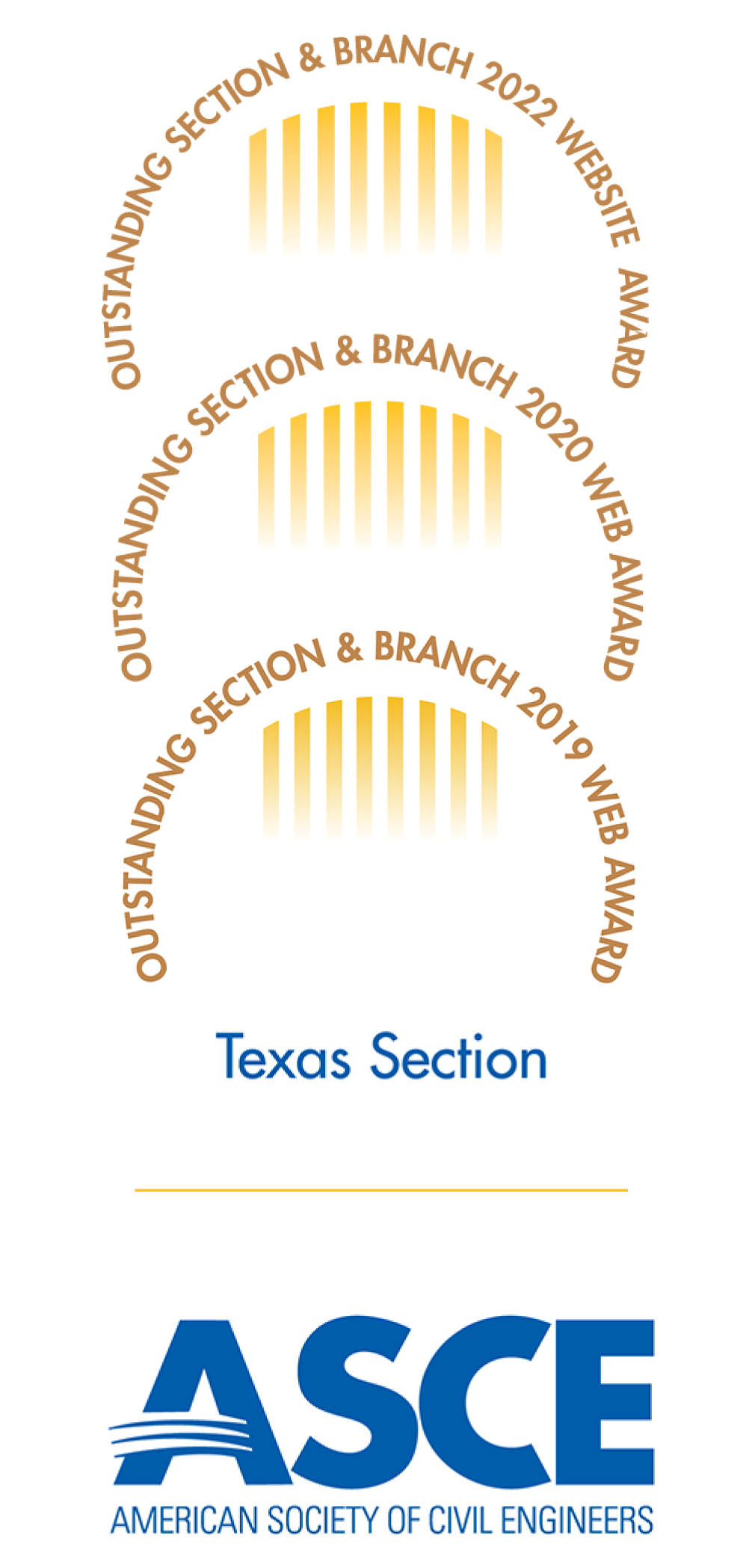A History of Engineering on the Southern Border
By Rey Pallera
Last December, a group of students from the University of Texas at El Paso ASCE Student Chapter went on a tour of the American Diversion Dam and Monument One. The tour was led by the International Boundary and Water Commission (IBWC), where a number of alumni from the UTEP civil engineering program work. Overall, it was an excellent experience because it showcased hydrology, taught about the border’s history, exemplified ASCE, and established a connection with the IBWC.
At the beginning of the tour, the students were given a brief overview of the company by the IBWC’s Cultural Resources Specialist. One of their hydrologists also accompanied the group to discuss the American Dam’s function and current state. They were currently doing construction to line more of the river with concrete. The dam itself is located on the Rio Grande River and is important for diverting a specific amount of flow to Mexico. Seeing as all UTEP civil engineering majors go through the Hydrology class, the tour allowed students to personally see what they study in the course. On the technical side, they brought up how they measure and designed the dam. However, they also discussed the international relations and treaties between the U.S. and Mexico which drive the IBWC.

After crossing the dam, the group was led to the border fence. The tour was given special permission to pass through to the other side to view a structure called Monument One. This structure is special because it marks the beginning of a series of 258 monuments that demarcate the southern U.S. border. From here, the boundary no longer follows the Rio Grande River, instead following these surveyed monuments all the way to San Diego, California. The historian gave a detailed explanation of the monuments and how they came to be. This allowed the group to gain insight on the importance of surveying and its development over time. It also gave them greater awareness on the city of El Paso’s history as a border town.
Upon reaching Monument One, the UTEP ASCE group was surprised to find out that there was an ASCE plaque constructed next to it. The sign was titled “NATIONAL HISTORIC CIVIL ENGINEERING LANDMARK.” Seeing this was an eye-opening moment, showing the students there how broad the American Society of Civil Engineers really is. It showed them how they were a part of a society that was greatly historic and impactful.
After this, the company was delighted that they were able to showcase one of their projects and would happily do it again in the future. Later that month, civil engineering students at the university were notified that the IBWC had positions open and were looking to hire UTEP students. There is no doubt that the American Dam Tour helped to establish a great partnership between the company, the UTEP ASCE Student Chapter, and the university.
Share this story:








